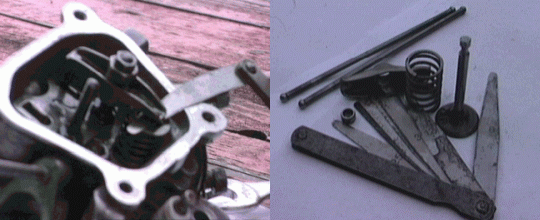
Honda GX160 Tech Talk: Race Preparation - Valve Gear
 |
Tech Tips Honda GX160 Tech Talk: Race Preparation - Valve Gear |

| Tech Tips & Info |
| UK Karting Main Index |
| News | Karts & Karting |
Notice Board |
Market Place |
Companies Directory |
Tracks Directory |
Events Calendar |
Race Results |
Photo Gallery |
Links |
Copyright © 1996-2018 UK Karting Comments, Suggestions etc. mail@karting.co.uk |